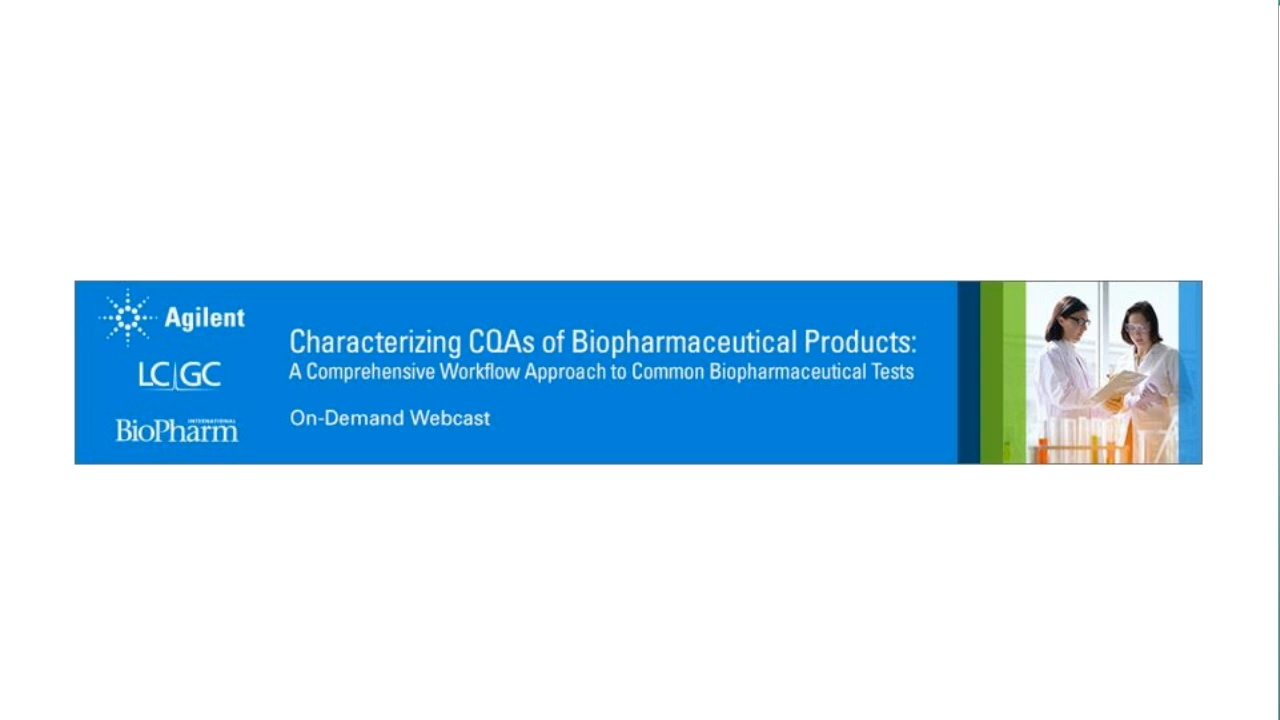Analysis of Over 15 Million Dalton Polymers by Aqueous SEC Method
Size exclusion chromatography (SEC) is a simple HPLC technique used for the molecular weight (MW) distribution analysis of polymers. Several manufacturers provide SEC columns with different base materials and various pore sizes to cover a wide range of polymer analysis.
Size exclusion chromatography (SEC) is a simple HPLC technique used for the molecular weight (MW) distribution analysis of polymers. Several manufacturers provide SEC columns with different base materials and various pore sizes to cover a wide range of polymer analysis. Commonly available aqueous SEC column allows analysis of polymers with maximum MW (i.e., exclusion limit) around the range of 8–15 million dalton (Da). Obviously, target polymers that have a larger MW than SEC columns' exclusion limit cannot be determined accurately. Shodex™ OHpak SB-807 HQ is the only aqueous SEC column that offers exclusion limit of 500 million Da. This is advantageous for the MW determination of very large polymers. Below are examples showing analysis of polyacrylamide and hyaluronic acids using SB-807 HQ.
Experimental Conditions
1. A comparison analysis was carried between OHpak SB-807 HQ (8.0 × 300 mm, 35 µm, 30,000 Å) and OHpak SB-806 HQ (8.0 × 300 mm, 13 µm, 15,000 å). Sample tested for the comparison was polyacrylamide, having weight-average (Mw) of 5.5 million Da. The following conditions were used: Mobile phase, 0.2 M NaCl (aq); column temperature, 30 °C; flow rate, 0.5 mL/min; detector, MALS and RI; and injection volume 100 µL.
2. Analysis of hyaluronic acid. Hyaluronic acids having Mw greater than 1 million Da were obtained from three different sources. They were analyzed by SB-807 HQ under following conditions: Mobile phase, 0.2 M NaCl (aq); column temperature, 30 °C; flow rate, 0.5 mL/min; detector, RI; and injection volume 100 µL.
Results
The RI chromatogram obtained by SB-806 HQ showed an unsymmetrical peak that people may consider a result of tailing (Figure 1). However, this peak shape is a result of high-MW end polyacrylamide being eluted all at the same time; as it was over the exclusion limit of SB-806 HQ (~20 million Da). This is also confirmed by the MALS plot showing no elution prior to 6 mL, but rather a rapid elution just after 6 mL. Meanwhile, the peak obtained by SB-807 HQ was symmetrical showing an accurate MW distribution of the sample. Also, the larger particle size of SB-807 HQ prevented potential shear degradation of macro polymers.

Figure 1: SB-807 HQ shows an accurate MW distribution of polyacrylamide sample having Mw 5.5 million Da. For conditions refer to the text.
Figure 2 shows analysis of three different hyaluronic acid samples. All of them showed symmetrical peaks indicating that even the largest part of the sample was within the exclusion limit of SB-807 HQ analysis range.

Figure 2: Analysis of three hyaluronic acids having Mw over 1 million Da by SB-807 HQ. For conditions refer to the text.
In both applications, sodium salt in the mobile phase helped prevent association and ionic repulsion of the sample. Type and concentration of salt should be optimized for each analyte.
Recommended sample concentration for analysis is <0.02% and <0.05% for compounds having MW >3 million Da and >2
million Da, respectively.
Conclusions
Shodex™ OHpak SB-807 HQ is ideal for the MW distribution analysis of macro polymers with a MW over 15 million Da that commonly available-SEC columns from other manufacturers cannot resolve. The solvent durability of SB-807 HQ (maximum 30% methanol and acetonitrile with a working pH range 3–10) is also beneficial for the analysis at different conditions.
Shodex™/Showa Denko America Inc.
420 Lexington Avenue Suite 2850, New York, NY, 10170
tel. (212) 370-0033 x109, Fax: (212) 370-4566
Website: www.shodex.net

Follow the Data to Grow: Why a Scientific Data Platform is Essential
October 28th 2024Innovation is the engine that powers a company’s growth and product development, and for enterprises with R&D laboratories, those lab environments are the greatest source of this innovation. In this white paper, learn how a platform approach to scientific data management, including semantic search, advanced analytics, and lab automation, leads to better enterprise decisions at the executive level, optimized lab performance, more discoveries, and stronger product pipelines.
















